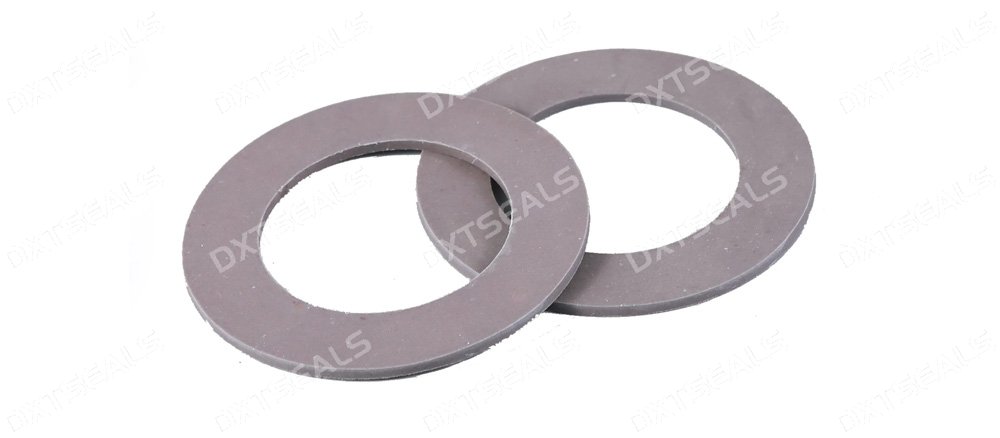
Plastic seals play a crucial role in numerous industrial applications, providing effective solutions for preventing leaks and ensuring the integrity of various systems. This comprehensive guide will explore the different types of plastic seals, their unique properties, and the best applications for each type.
1. Understanding Plastic Seals
Plastic seals are engineered components made from high-performance materials designed to withstand specific environmental conditions. They are essential in industries ranging from automotive to food processing, where reliability and performance are paramount.
2. Types of Plastic Seals
Here are some of the most common types of plastic seals, along with their unique characteristics and applications:
PTFE Seals (Polytetrafluoroethylene)
- Properties: Excellent chemical resistance, low friction, and high-temperature tolerance.
- Applications: Widely used in chemical processing, pharmaceuticals, and food industries due to their inert nature and ability to withstand harsh chemicals.
PEEK Seals (Polyether Ether Ketone)
- Properties: High mechanical strength, thermal stability, and resistance to chemicals and wear.
- Applications: Ideal for high-temperature environments such as aerospace, automotive, and oil and gas industries.
Nylon Seals
- Properties: Strong, lightweight, and resistant to abrasion and chemicals.
- Applications: Commonly used in automotive applications, including fuel systems, and in machinery where durability is critical.
PVC Seals (Polyvinyl Chloride)
- Properties: Good chemical resistance and flexibility.
- Applications: Often used in plumbing and construction, PVC seals are effective for water and wastewater applications.
UHMWPE Seals (Ultra-High-Molecular-Weight Polyethylene)
- Properties: Exceptional wear resistance and low friction characteristics.
- Applications: Used in bulk material handling, conveyor systems, and applications where impact resistance is essential.
3. Choosing the Right Plastic Seal
When selecting a plastic seal, consider the following factors:
- Chemical Compatibility: Ensure the seal material can withstand the chemicals it will encounter in its application.
- Temperature Range: Assess the operating temperature to choose a material that maintains its properties under varying thermal conditions.
- Mechanical Stress: Evaluate the physical demands placed on the seal, including pressure and wear.
4. Best Practices for Using Plastic Seals
To ensure optimal performance and longevity of plastic seals, follow these best practices:
- Proper Installation: Ensure seals are installed correctly to avoid damage and ensure a proper fit.
- Regular Maintenance: Inspect seals regularly for signs of wear or damage and replace as needed to maintain system integrity.
- Material Selection: Always choose the right material for the specific application to maximize performance and reliability.
5. Conclusion
Plastic seals are essential components in many industries, offering a wide range of options tailored to specific applications. Understanding the different types of plastic seals and their unique properties enables engineers and manufacturers to make informed decisions that enhance system performance and reliability. By selecting the appropriate seal for each application, businesses can minimize downtime, reduce costs, and improve overall operational efficiency.
